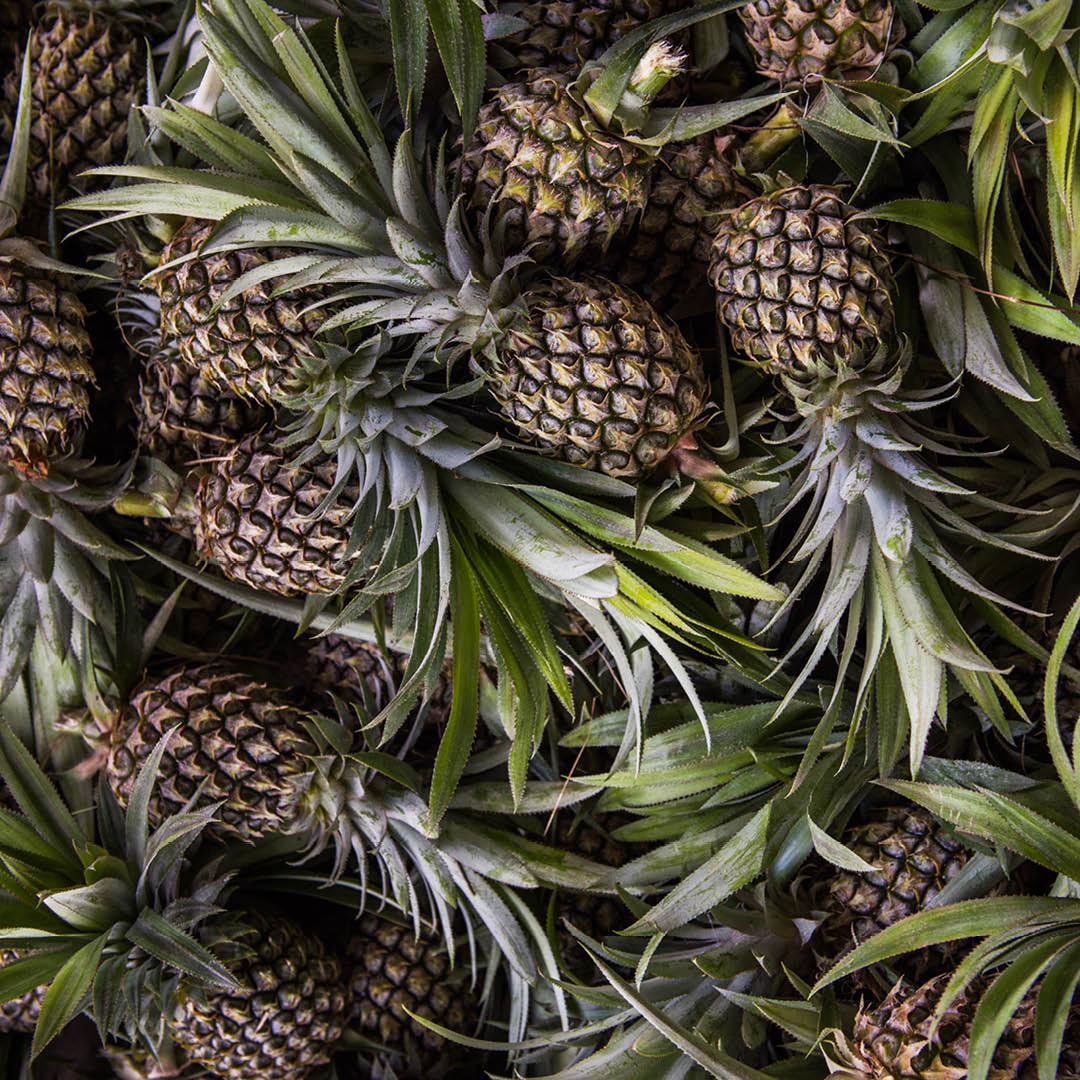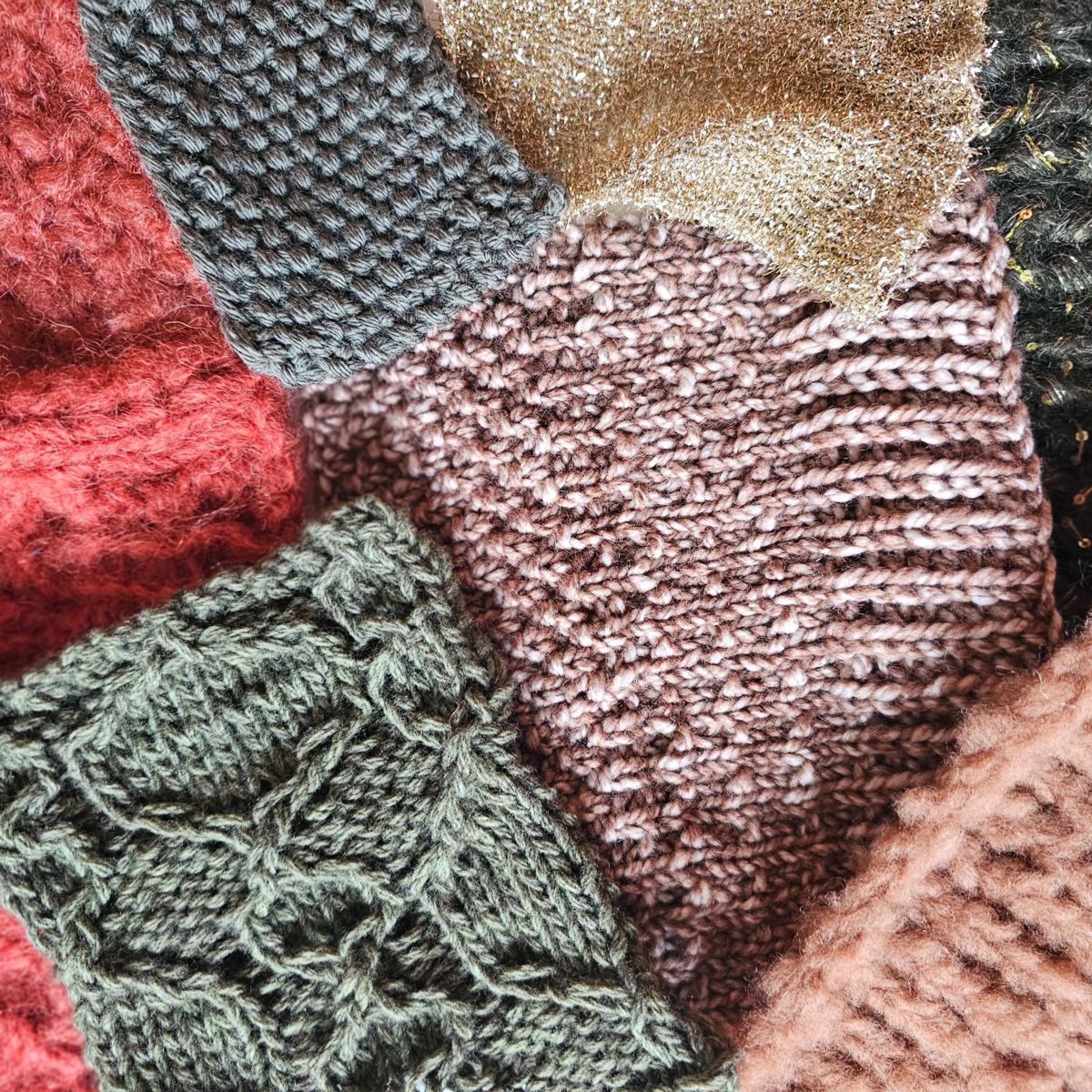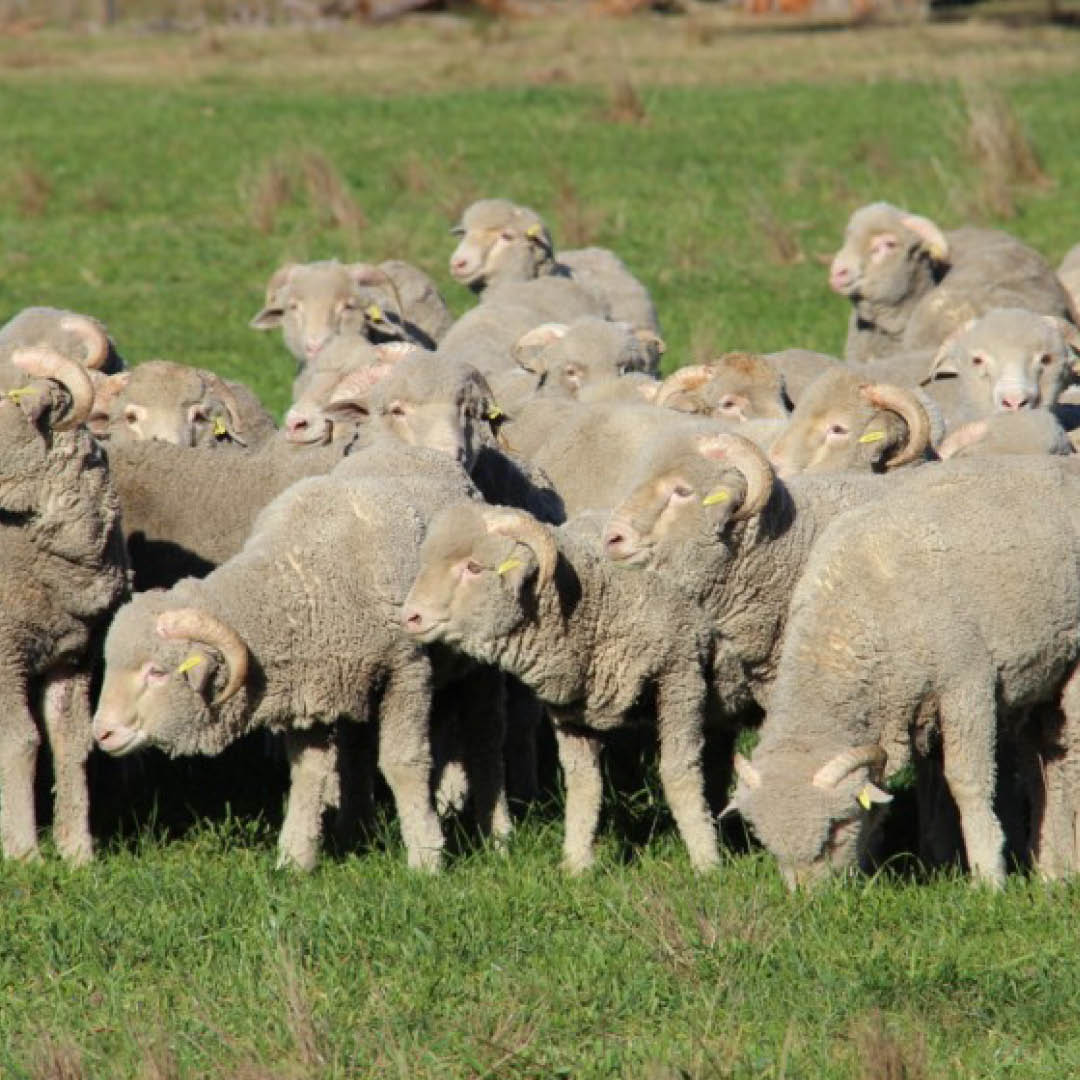Cashmere wool comes from the downy undercoat of the cashmere goat. This type of goat is not a species as such, but a sub-type of the domestic goat which has a long, fine undercoat. These intelligent herd animals were originally found in the Himalayas in Kashmir. There is evidence that the nomadic herders of Kashmir used raw wool from these goats to produce textiles as early as 1000 BC. Today, the region of Kashmir extends over parts of India, Pakistan and China. The cashmere goat, however, is found throughout the world now, including Europe, Australia and New Zealand, with the largest cashmere herds living in China and Mongolia.
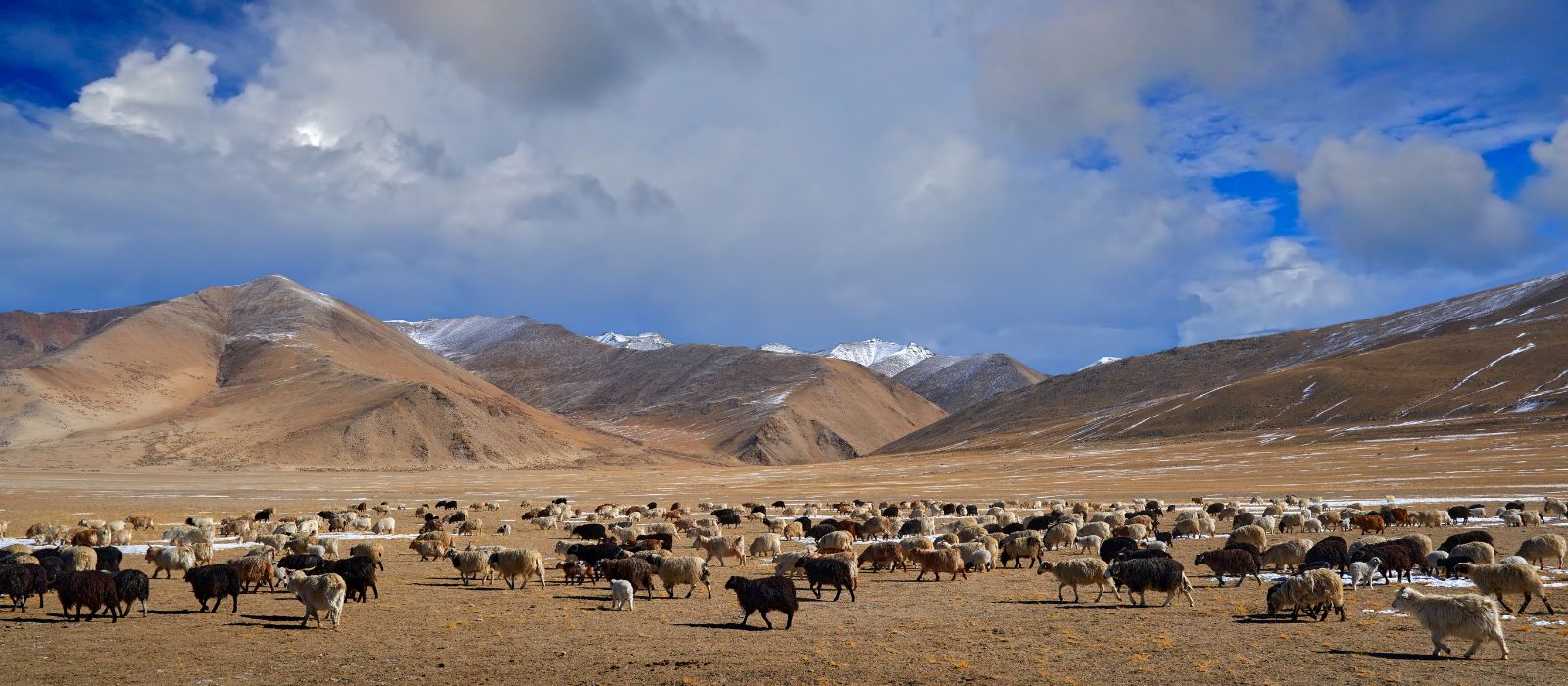
The downy hair of the cashmere goat is amongst the finest and most exclusive fibres of the world. As in merino sheep, the downy undercoat is protected by guard hairs. With cashmere goats the guard hairs are 10 to 15 cm long. The fleece is combed by hand just once a year, in spring, to yield only about 150g of the fine woollen undercoat per animal. The small amount of downy hair increases the price of cashmere wool on the world markets.
Very cold winters and a high altitude of around 4,000 metres above sea level produce particularly good quality cashmere. The highest quality fibres are especially fine, long and pale in colour. The finest fibres grown on the belly of the goat, they have a diameter of 9 to 19 microns and an average length of 18 to 40 mm. According to the U.S. standard, only fibres up to 19 microns in diameter qualify as cashmere grade. The cashmere fibers used in the production of hand knitting yarns are finer than the merino fibers in merino yarns. The naturally occurring colour palette of cashmere ranges from white, through beige and grey to brown and black. The paler the fibre, the more desirable it is for dyeing, as light fibres take the dye well, resulting in brilliant, saturated colours.
.jpg)
.jpg)
Characteristics of Cashmere Wool
Cashmere fibres can be made into an incredibly broad assortment of yarns. Spun into lace yarn, the cashmere fibres produce almost weightless skeins. So when you knit them into accessories with eyelet patterns, shawls or cardigans, these light cashmere yarns create garments which are amazingly warm but hardly weigh anything at all. Spun together with silk, the luminosity of cashmere is increased, to give your knits or crochet pieces an incredibly alluring sheen. Cashmere can also be spun into chunkier winter yarns. So big knit projects are possible, which are very light but really keep you warm when the temperatures drop.
Cashmere yarns display some pleasing characteristics:
Garments made from cashmere wool are particularly warm because there are little pockets of air between the fibres, which capture and store body heat.
When you knit or crochet with cashmere you will notice how readily the yarn glides through your hands and over your needles.
Items knitted in stockinette or crocheted with cashmere yarns have a smooth and uniform appearance. This gives a handmade sweater a simple, classic look. Your cashmere knitwear will outlast passing trends and be the garment that stays with you for many years.
Yarns composed of 100 % cashmere feel wonderfully soft, even when worn directly against the skin. So these yarns are suitable for making scarves, hats or wrist warmers.
Cashmere wool is water-resistant, insulating and breathable. Like merino wool it can regulate body temperature, absorb moisture quickly and wick it away. Cashmere can therefore be worn throughout the year.
Sources
Materialarchiv 2023, Kaschmir, https://materialarchiv.ch/de/ma:material_83/?q=Kaschmir (ref 5.9.23).
Hessnatur 2022, Kaschmir, https://www.hessnatur.com/magazin/textillexikon/kaschmir/ (ref 22.6.2022).
Yarni 2023, Kaschmir, https://yarni.ch/wolle/kaschmir/ (ref 31.8.23).
Alpine Cashmere 2023, https://alpine-cashmere.ch/ziegen/ (ref 4.9.2023).
Federal Trade Commision 2023, Cachet of Cashmere: Complying with the Wool Products Labeling Act, https://www.ftc.gov/business-guidance/resources/cachet-cashmere-complying-wool-products-labeling-act (ref 4.10.2023).

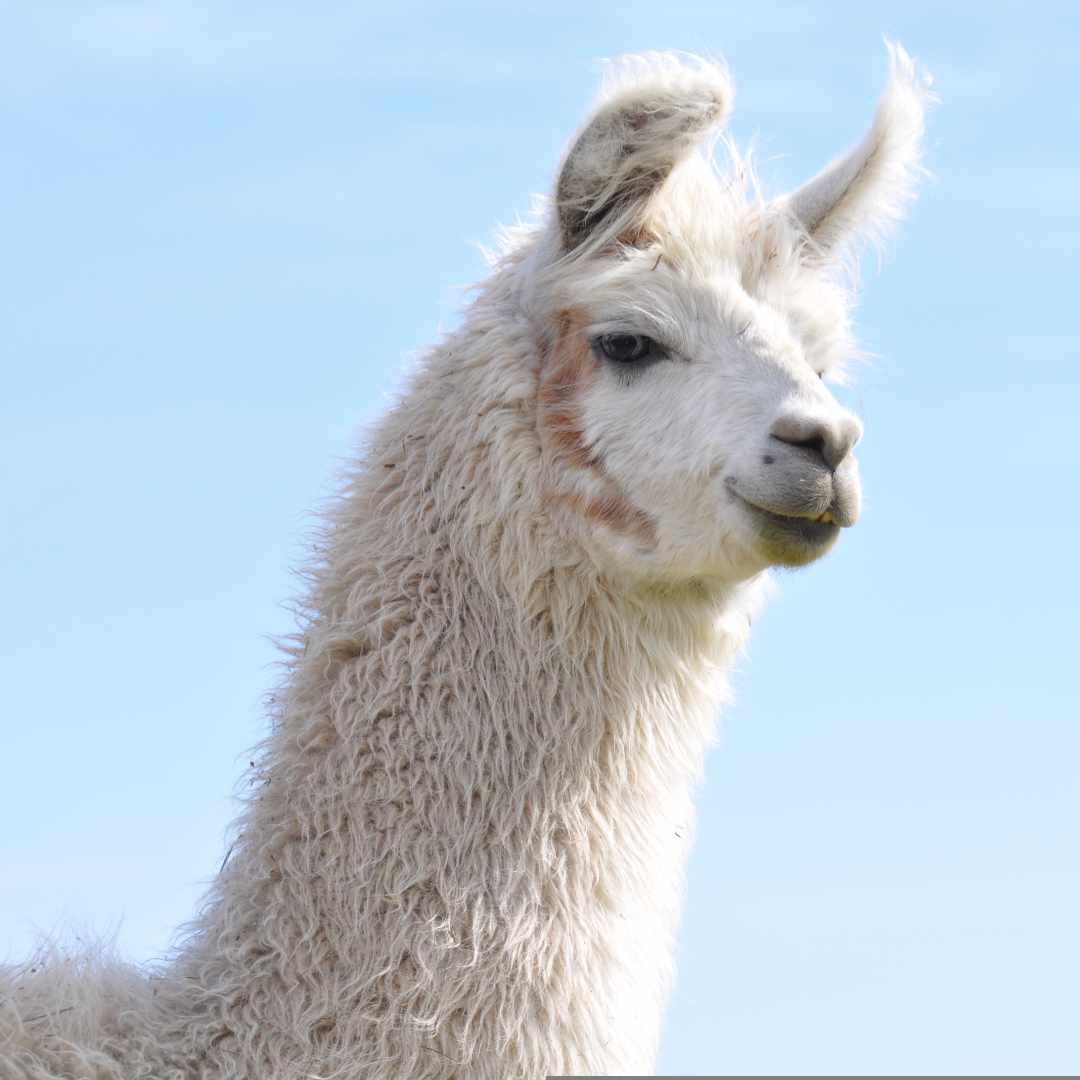

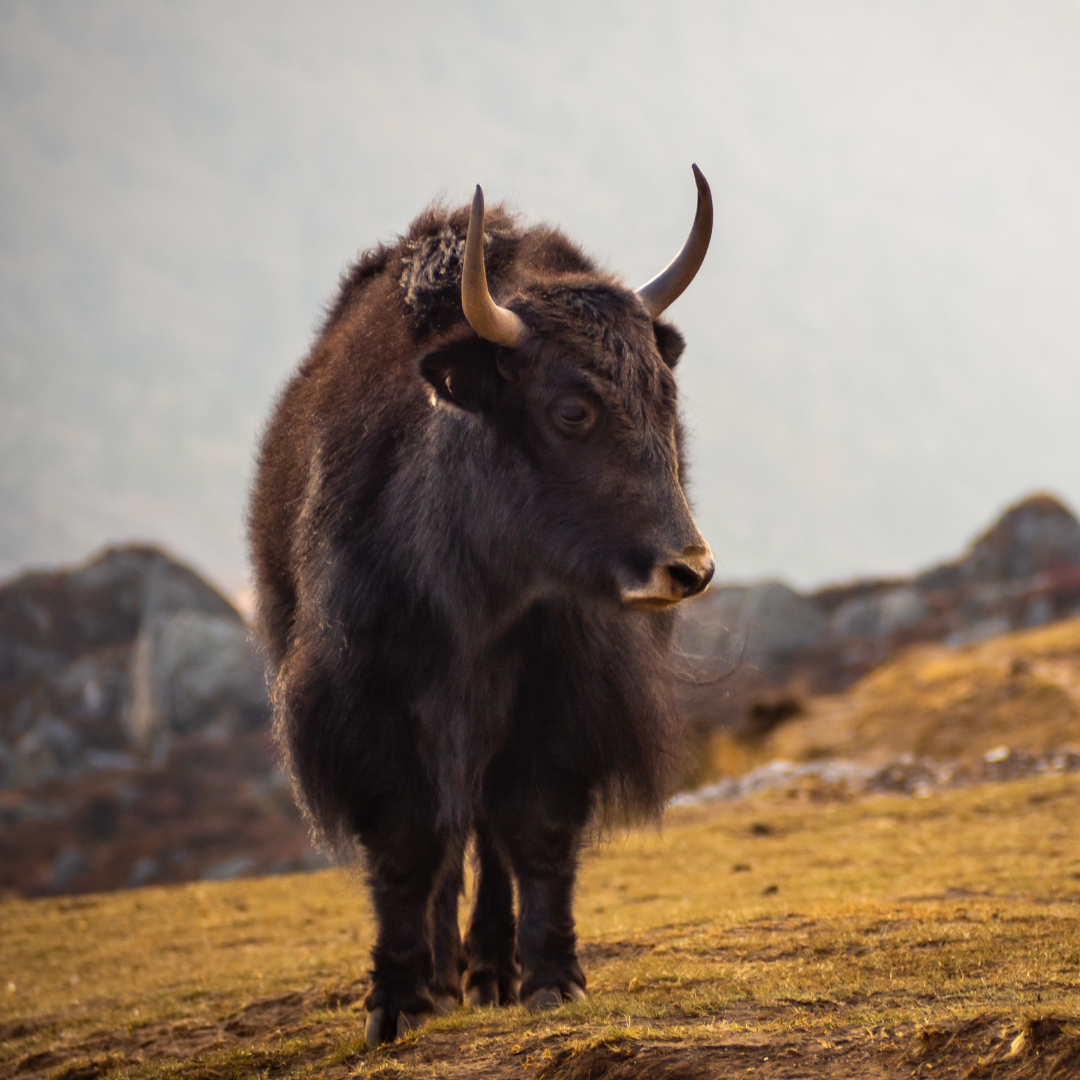
.jpg)
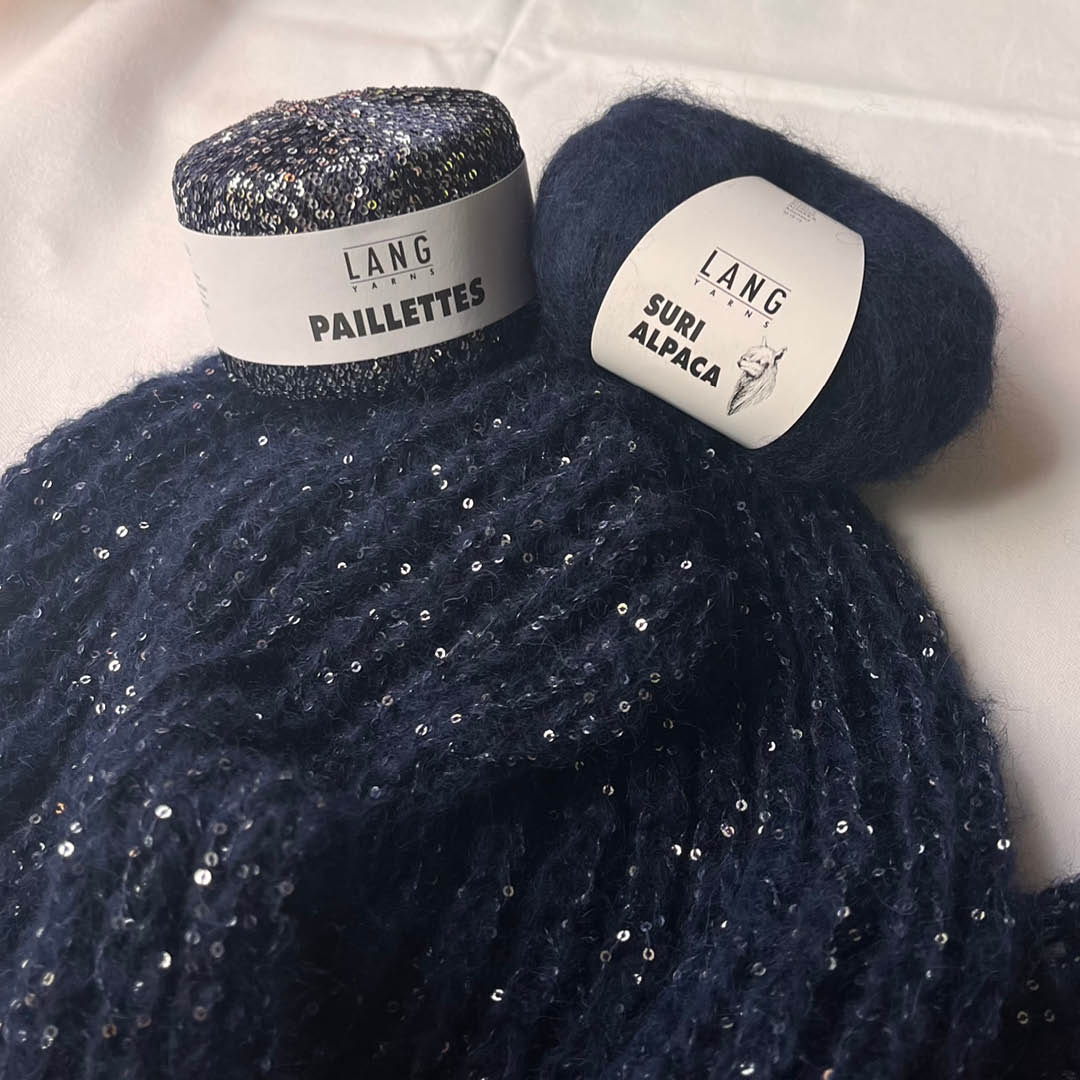
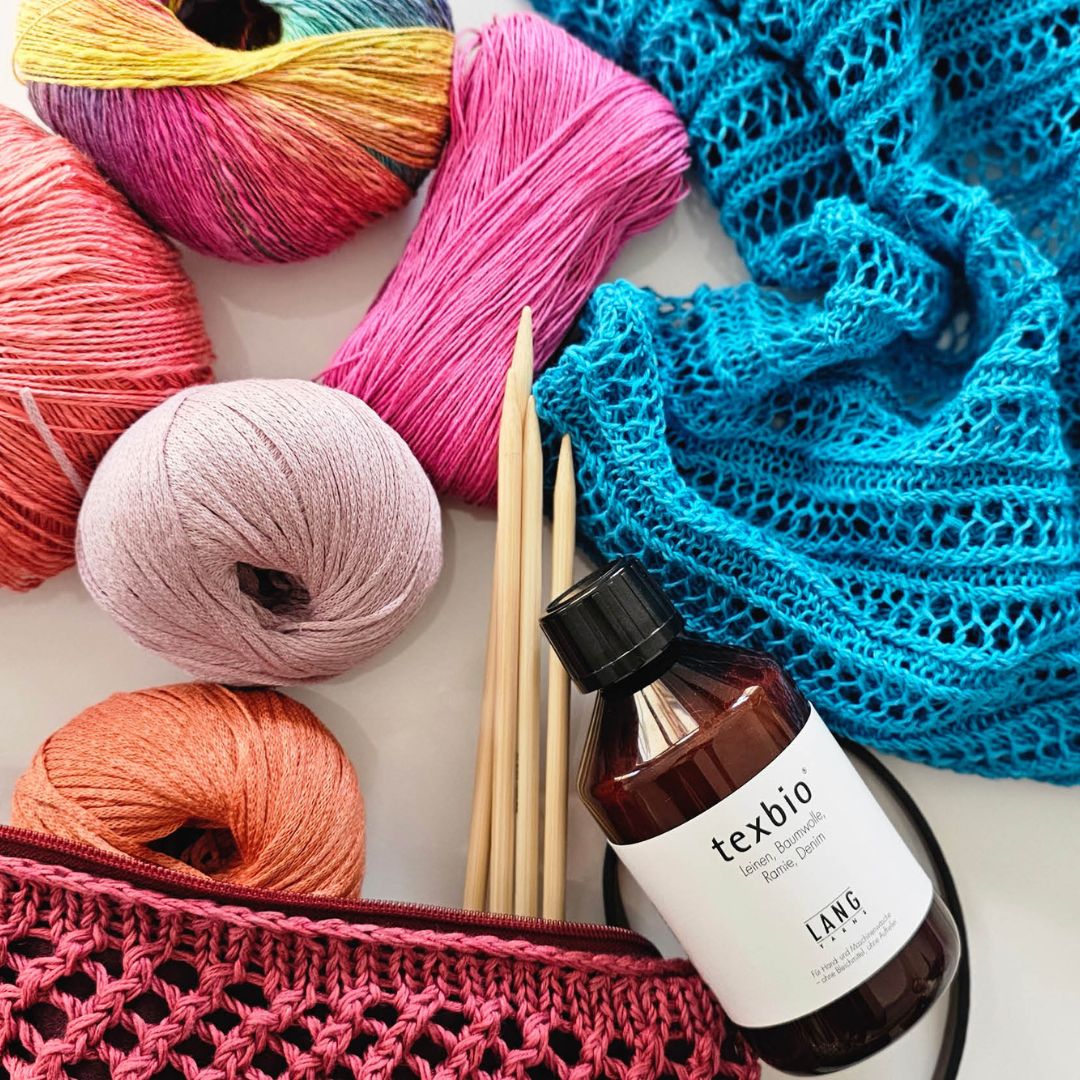
.png)
